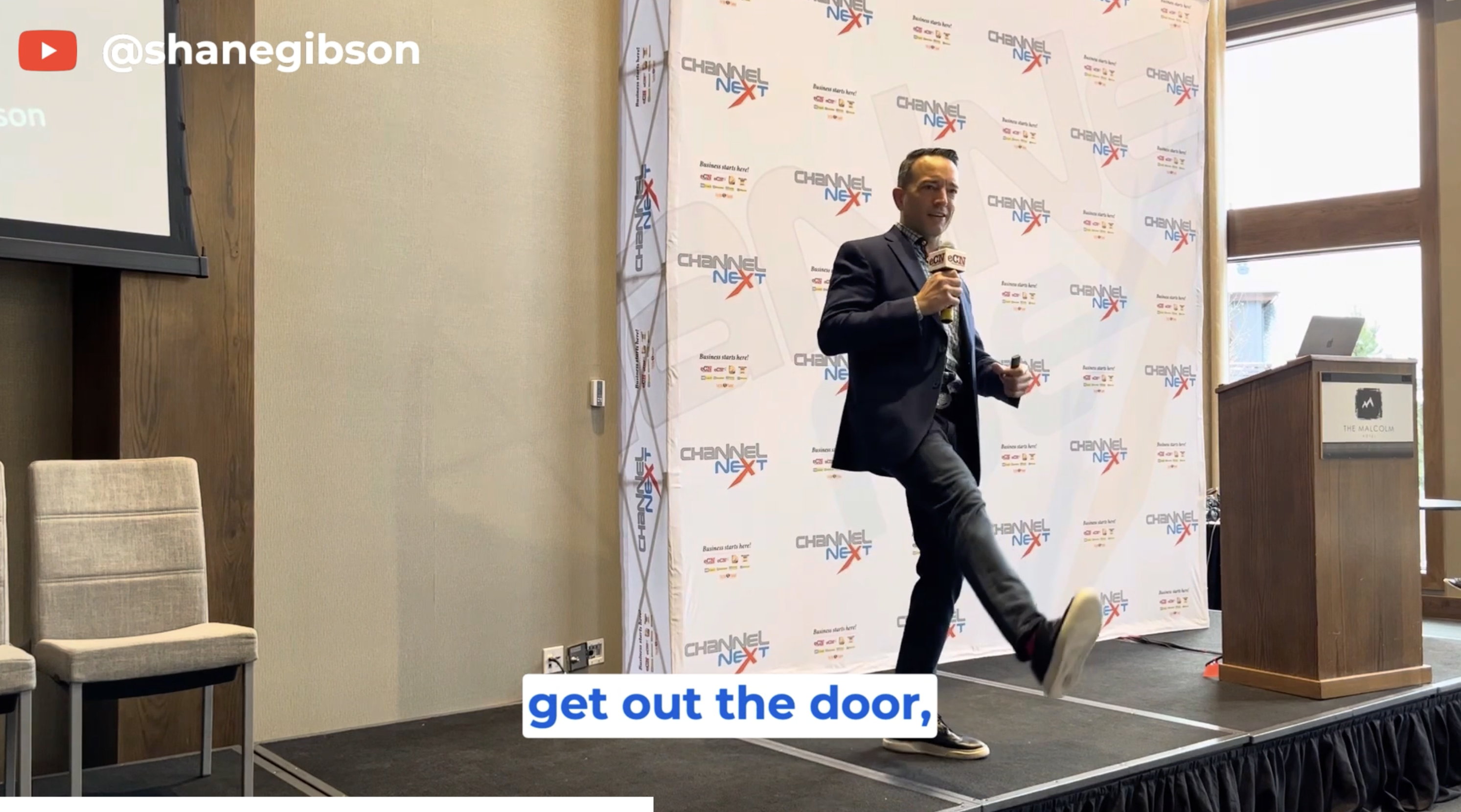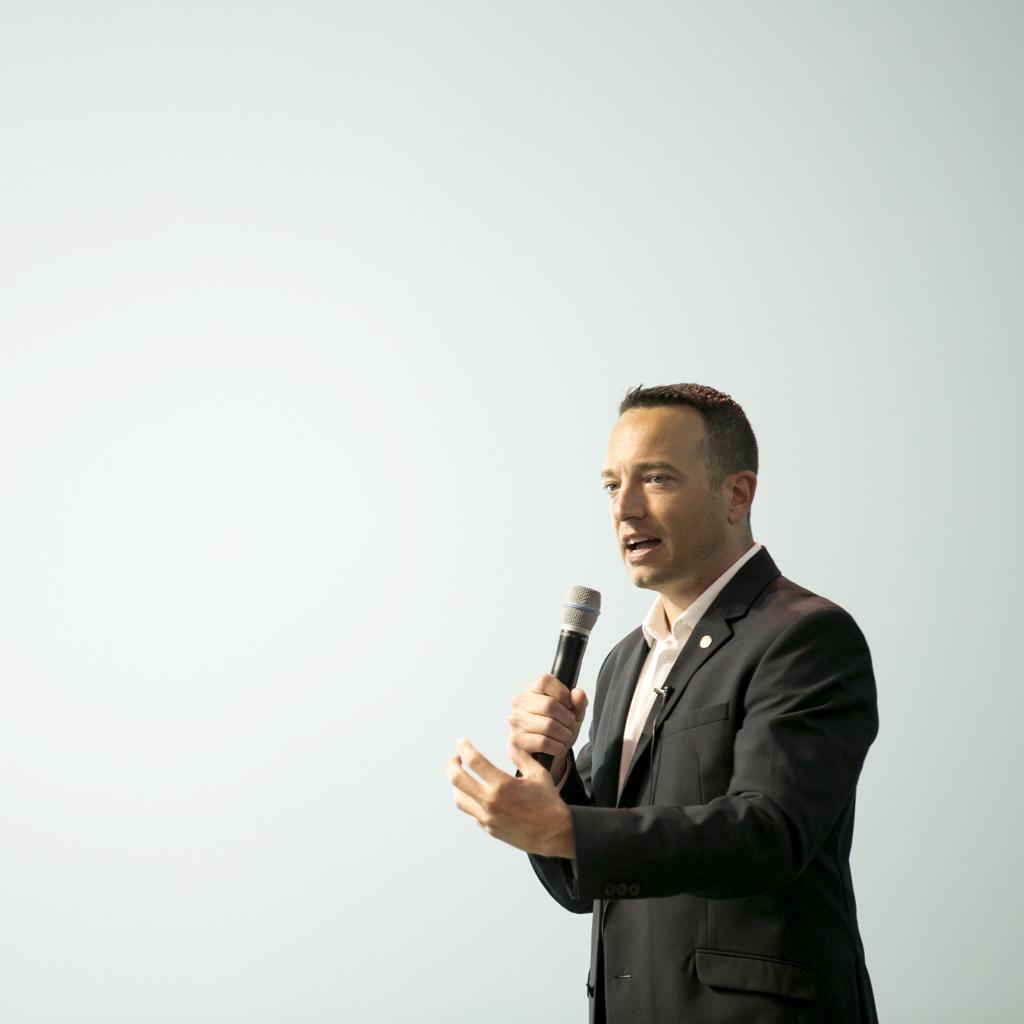I recently delivered my AI and the Future of Sales keynote for the MSP and IT Channel and my core message was: The future of sales belongs to hybrid sellers.
I revisited some sales statistics that I had analyzed a year ago for this presentation. (Here’s the full sales keynote description: AI and the Future of Sales Keynote.)
I utilized platforms such as Indeed to examine job postings in Canada related to sales. The trend in the US was much the same but the numbers were about 9X Canada’s due to the significantly larger population.
AI and the Future of Sales Keynote Excerpt:
Learn more about Shane’s keynotes.
Here’s what I found Current Sales Job Postings on Indeed (October 2024):
- General sales positions: Approximately 31,000
- Sales manager/leader positions: Around 6,000
- Business development roles: About 4,000
- Total unfilled sales positions: Approximately 42,000 Comparison with
Previous Years: Last year, there were 98,000 open sales positions, a figure consistent over the preceding three years. This indicates a significant decrease in open positions.
The 2024 Sales Talent Dichotomy:
What I found intriguing is the dichotomy in the market. Conversations with my keynote and sales training clients reveal a decrease in the number of posted positions. However, these positions are higher-paying yet remain unfilled for longer durations (90 to 120 days or more). This is particularly true for roles like account executives, business-to-business sales professionals, and enterprise sales professionals. Despite numerous applications, there seems to be a mismatch in finding the right talent.
In my view, this suggests a talent and competency gap in the sales industry. There’s a willingness to engage in sales, but a gap in necessary skills and competencies exists. This gap may be attributed to significant changes in sales dynamics, consumer behavior, and interaction patterns, which many individuals and organizations have not yet adapted to.
Insights from McKinsey and Gartner Studies for sales in 2024 and beyond:
Gartner predicts that by end of 2025, 80% of B2B sales interactions between suppliers and buyers will occur through digital channels.
Another McKinsey study indicates that about a third of B2B buyers prefer self-service for significant purchasing decisions. Another third prefer engagement primarily through digital platforms with human assistance only in the final stages. The remaining third still favor traditional in-person meetings.
These findings suggest that the current market demands a hybrid sales approach, combining online, remote, platform-based, and in-person strategies.
Evolution of Buyer Engagement Channels:
- 2016: Around 5 channels (Email, in-person, phone, supplier websites, e-procurement portals, and arguably social media).
- 2019: Increased to 7.5 channels, including mobile apps and trade shows.
- 2021: Expanded to a 10-channel universe.
- 2024: I estimate there are now over 20 channels.
The lesson here from my sales keynote is: the future of sales IS hybrid selling and in those online interactions the use of AI and automation combined with amazing people skills is what the winners will be focused on moving forward.


